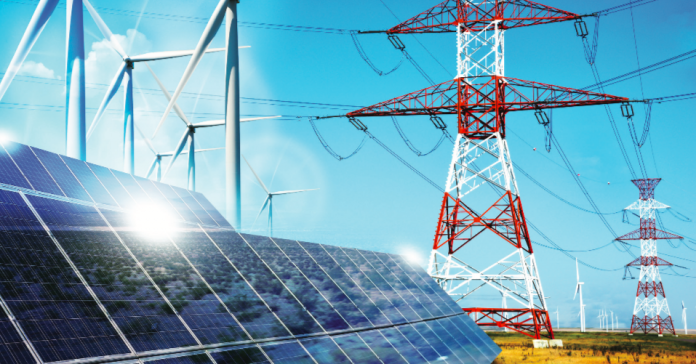
EXECUTIVE SUMMARY
The Brady-Ryan tax reform plan proposed last summer would decrease taxes on corporate profits and investment income, while preserving the existing credits for research and development (R&D). Since energy R&D is a critical component of R&D activity, now is the time to rethink the framework for national energy R&D. Energy R&D is particularly important for the development of advanced and cost-effective clean energy technologies, de ned as technologies that could reduce emissions of greenhouse gases and criteria pollutants. Such technologies could include renewables, nuclear power, improvements in energy efficiency, carbon capture and sequestration, and natural gas as a substitute for more carbon-intensive fuels. Tax reform would provide a substantially better climate for private sector research, development, demonstration and commercialization of new energy technologies.
Tax reform would improve the investment climate in at least three direct ways:
- Lower tax rates and immediate expensing would increase the after-tax rate of return on all investments.
- A territorial tax system would make the U.S. a more attractive location for investment relative to other countries, in particular for conducting R&D on technologies to be deployed in the U.S.
- The combination of lower rates and elimination of the interest deduction would correct a bias against equity financing, which is most suitable for companies engaging in clean energy technology development and commercialization.
Several indirect effects of tax reform might further benefit investment in R&D and deployment of clean energy technologies:
- Higher rates of investment across the board would speed the adoption of new technologies, including clean energy technologies, and lower tax rates on returns to investment would improve the economics of replacing older equipment.
- Lower tax rates, border adjustments, and freeing up of retained earnings of foreign affiliates of U.S. companies would lead to an increased flow of capital into the U.S. from abroad. These increased capital flows would be available for investment in R&D and clean energy as well as other applications.
- Elimination of the interest deduction would very likely doom loan guarantees, thus allowing more funds to flow to clean energy technologies making them better able to survive in the marketplace.
Some aspects of tax reform may by themselves be less favorable to clean energy. Although lower tax rates diminish the value of expensing over normal depreciation and extending expensing to all investment would remove a tax preference now available only to R&D, those potentially negative effects of tax reform cannot be as large as the direct positive effects of lower rates.
Eliminating production tax credits for wind and investment tax credits for solar would also diminish preferences given those fuels over other clean fuels and fossil fuels. However, these changes would be accompanied by elimination of tax incentives for oil and gas production and for the coal industry that have often been cited as the reason for extending special tax treatment to renewables. Moreover, except for some small credits for clean coal technology, existing tax credits do not bene t other forms of clean energy. By eliminating fossil energy subsidies, improving after-tax returns on investment and eliminating disincentives to U.S. technology development, tax reform should stimulate more business R&D and clean energy investment.
The Brady-Ryan proposal used a border adjustment to achieve a territorial tax system in which income is taxed where goods and services are sold, but that provision now appears unlikely to survive in any bill that passes the Senate. Eliminating the border adjustment would make it more difficult to eliminate the incentive to locate R&D and intellectual property in the jurisdictions with the lowest tax rates. Whether eliminating the border adjustment would favor investment in clean energy, renewables or technologies such as carbon capture and storage is difficult to say. The border adjustment would increase the price of imported oil but it could also in- crease the cost of imported equipment, including solar arrays and wind generators, so that the net effect is ambiguous.
CLICK HERE TO READ FULL REPORT





